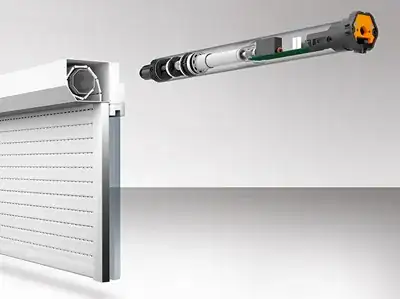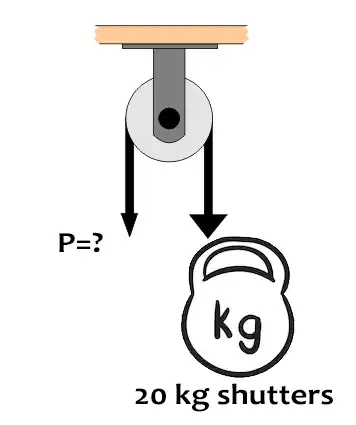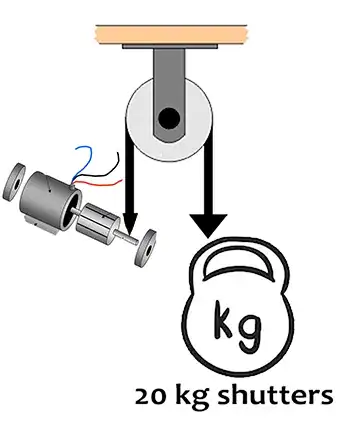Ok, I've read this answer: Why does holding something up cost energy while no work is being done?
But more questions pop up. If there is no work being done does that mean that there is also no power needed to hold object at same height?
P=A/t
If I had a rolling shutters:
Simplified by this model:
What would be the power of the pull needed to keep this weight at same height? If you want you can also think of a motor on the other side, and a rope tied with the rotor shaft. If motor has no power, obviously, the weight will pull the rope, and unwind it from the shaft. At what power should motor work to keep weight in equilibrium? Disregard mechanical loses, gear ratios, etc. I'm asking about concept.


